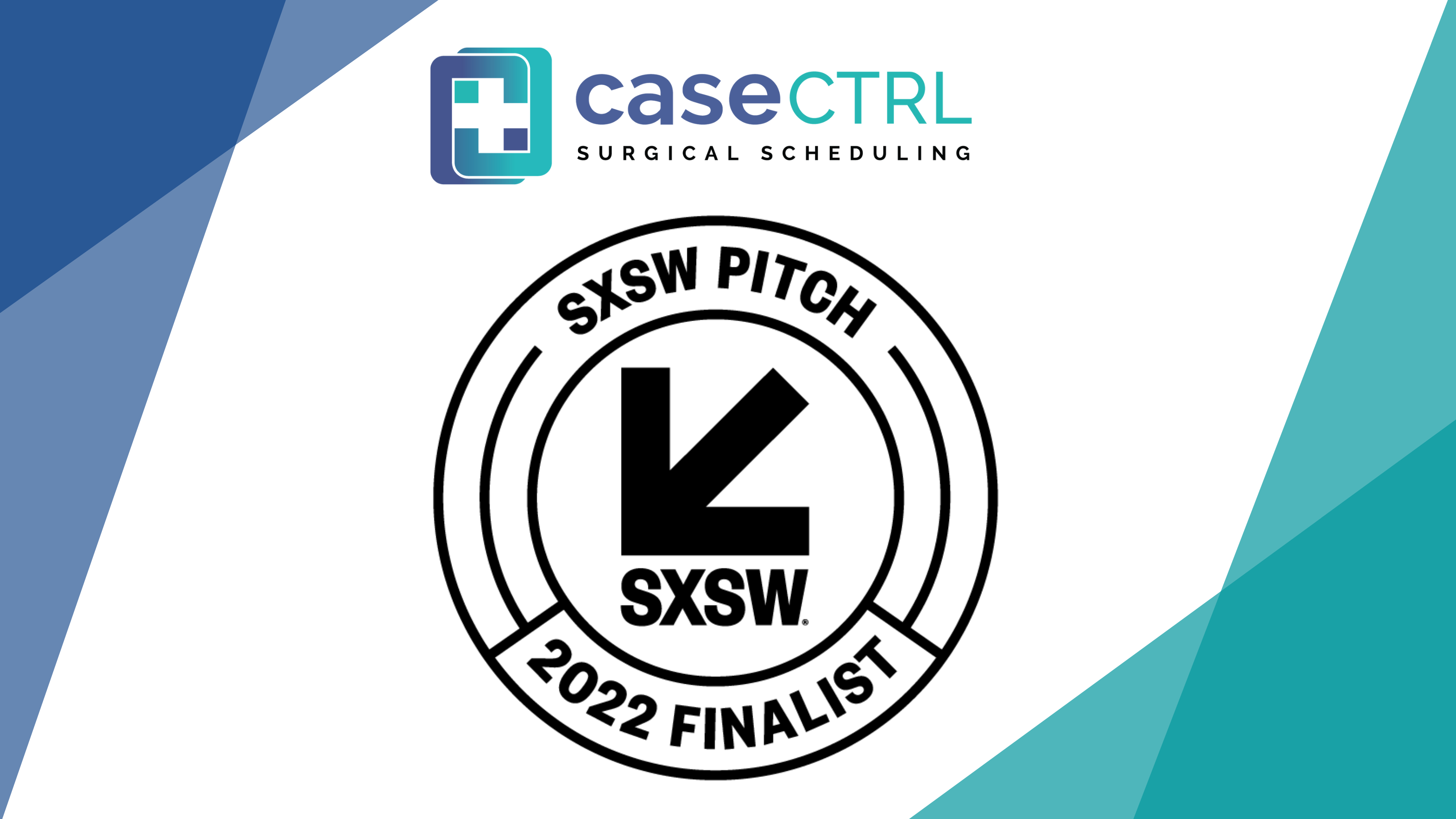Whether you’re a large hospital or a small ASC team, you no doubt have suffered your share of surgery scheduling headaches. Maybe you’re overwhelmed with tedious admin work. Maybe you’re juggling overbooked or underused operating rooms. Or perhaps you’re constantly struggling to keep to first-case start time. For more insights on the ideal time to use surgical scheduling software, and tips to ensure the best ROI, check out this guide.
These common scheduling issues aren’t only a source of frustration and inefficiency––they’re also costing you money.
Essentially, these challenges share the same root cause: poor document management. Document management problems eat into the profitability of many hospitals and ASCs, affecting patient care, profitability and possibly even placing healthcare practitioners at risk of legal action. In this article, we’ll outline five indicators that your document management approach needs an update.
You’ll know it’s time to rethink the way your practice approaches document management if:
1. You’re constantly chasing paperwork.
If you’re constantly seeking documents or struggling to decipher handwritten forms, your time is clearly not being put to the best use. How much time are you spending processing physical therapy referrals or insurance prior authorization forms? How about assessing and submitting durable medical equipment requests for patients requiring wheelchair parts or prosthetics? Multiple communications between schedulers and physicians, clinicians, patients, nursing and OR staff—not to mention insurers—all impact your efficiency.
And chasing documents can get expensive. Lost or misplaced consent forms alone cost hospitals, on average, $580,000 per year, according to research from Johns Hopkins. In an astonishing 66% of surgeries, patient consents are missing, resulting in delays to 10% of all surgical procedures. And even when you have the consents on hand, they are frequently incomplete, or missing key information.
Not only are information gaps detrimental to clinic and OR efficiency—they also can be a legal hazard. Cynthia D. Grimes, JD, senior counsel with San Antonio’s Clark Hill law firm, claims consent issues arise in half of all medical malpractice claims.
By automating routine document management, you can minimize the need for back and forth. Centralizing document management is important for consents, referrals, durable medical equipment requests and insurance prior authorization forms. Having the relevant information clear and easily accessible to those who need it not only improves efficiency but also supports ideal workflows to minimize information gaps that can lead to unnecessary delays or revenue losses.
The right tool also can minimize time spent chasing paperwork by automating case-specific communications of document needs across the spectrum of people involved in each surgery, from patients to staff to anesthesia providers to insurance personnel.
2. You’re overwhelmed with administrative tasks.
Redundant, duplicated admin works puts an unnecessary strain on physicians and schedulers and takes a toll on the quality of service. According to Medscape, 84% of physicians spend between just 9 and 24 minutes with individual patients, while spending, on average, 15.6 hours a week on administration and paperwork.
And the more manual paperwork you must deal with, the greater the potential for inaccuracies. Handwritten paper-based forms have been shown to have error rates of up to 50%, leading to scheduling errors, patient confusion and operating room inefficiencies, not to mention the risk of potential litigation.
Being able to share a unified, automated view of cases pending, scheduled, completed, held, and canceled surgical cases as well as the supporting information behind each case aids collaboration and minimizes the need for duplication or rework with administrative hand-offs.
3. Your block time is overbooked and/or underutilized.
Used properly, block time can really enhance and streamline OR efficiency. However, if your information capture and management systems are letting you down, it becomes impossible to accurately predict how long to allow for each procedure, making effective block time scheduling far more challenging. If you can’t fill the block with cases, your OR will lose money at a rate of, on average, $62 a minute.
Here is where surgery scheduling software can really help schedulers—and physicians—to keep close tabs on how block time is utilized. By supplying extensive data on block time use and trends, scheduling software can help you identify bottlenecks, correct inefficiencies, and optimize your OR use over time. An intelligent operating room allocation tool can integrate institutional, surgeon, patient, and case-specific scheduling requirements to make optimal case scheduling sequences easier and even make recommendations that can drive more surgical volume.
4. Surgery delays and no-shows are commonplace.
Frequent surgery delays and patient no-shows may be a sign that your document management system is letting you down and causing revenue leaks.
For instance, if surgery scheduling errors delay first starts, those delays can trigger a domino effect, sending the rest of the day off schedule and leaving your ORs sitting empty at times.
Patient no-shows also have knock-on effects in reducing healthcare access for other patients and cause significant revenue loss for healthcare providers. The most common causes of patient no-shows in a range of healthcare settings include patient scheduling conflicts, miscommunication and patients simply forgetting about their appointment.
Shared surgery scheduling software can help. A study in the Journal for Healthcare Quality shows that replacing paper-based scheduling with an electronic system reduced scheduling errors to just 0.5%, and post-op no-shows from 8% to 1%. Using surgery reminders and other automated notifications and prompts to improve communications with patients can ultimately plug those frustrating holes in your service, and your revenue.
5. You’re receiving negative patient feedback.
One of the worst outcomes of poor document management is that patients are often left dissatisfied, frequently becoming confused about their appointments, unclear about readiness steps, and/or unsure whether insurance communications are aligned. It all comes down to this: Is the patient satisfied with their care? If not, negative reviews can significantly affect a care provider’s public image, future referrals, and possibly ratings-based standing in networks.
Here, too, employing technology can be useful. A recent study in Telemedicine and e-Health found that communication and convenience were key satisfaction metrics for patients in both remote and in-person settings. So, any measures that you can take to improve the flow and quality of information between your practice and patients will significantly aid the patient experience.
For example, you can use surgery scheduling software to make it easier for patients to disseminate their medical history, preferred surgery dates or desired cardiologist across the care team to reduce the amount of repetitive data entry required of patients. Another great application is providing automated reminders of any presurgical steps or appointments that patients need to complete to ensure readiness for surgery, such as mandatory COVID testing.
With effective use of document management and surgery scheduling software, healthcare providers can improve care quality, create more positive interactions with patients and better safeguard against missed appointments.
Surgery scheduling software helps to cut your losses.
When it comes to running your healthcare service, scheduling and document management silos will ultimately impact profits and patient care. If you’re weighing the initial investment in improved information management, you’ll want to consider year-over-year revenue benefits due to increased efficiency and better care coordination across stakeholders.
Contact CaseCTRL to learn more about how our platform can help your hospital or ASC with operating room efficiency, centralized document management, and surgical communication processes.







































